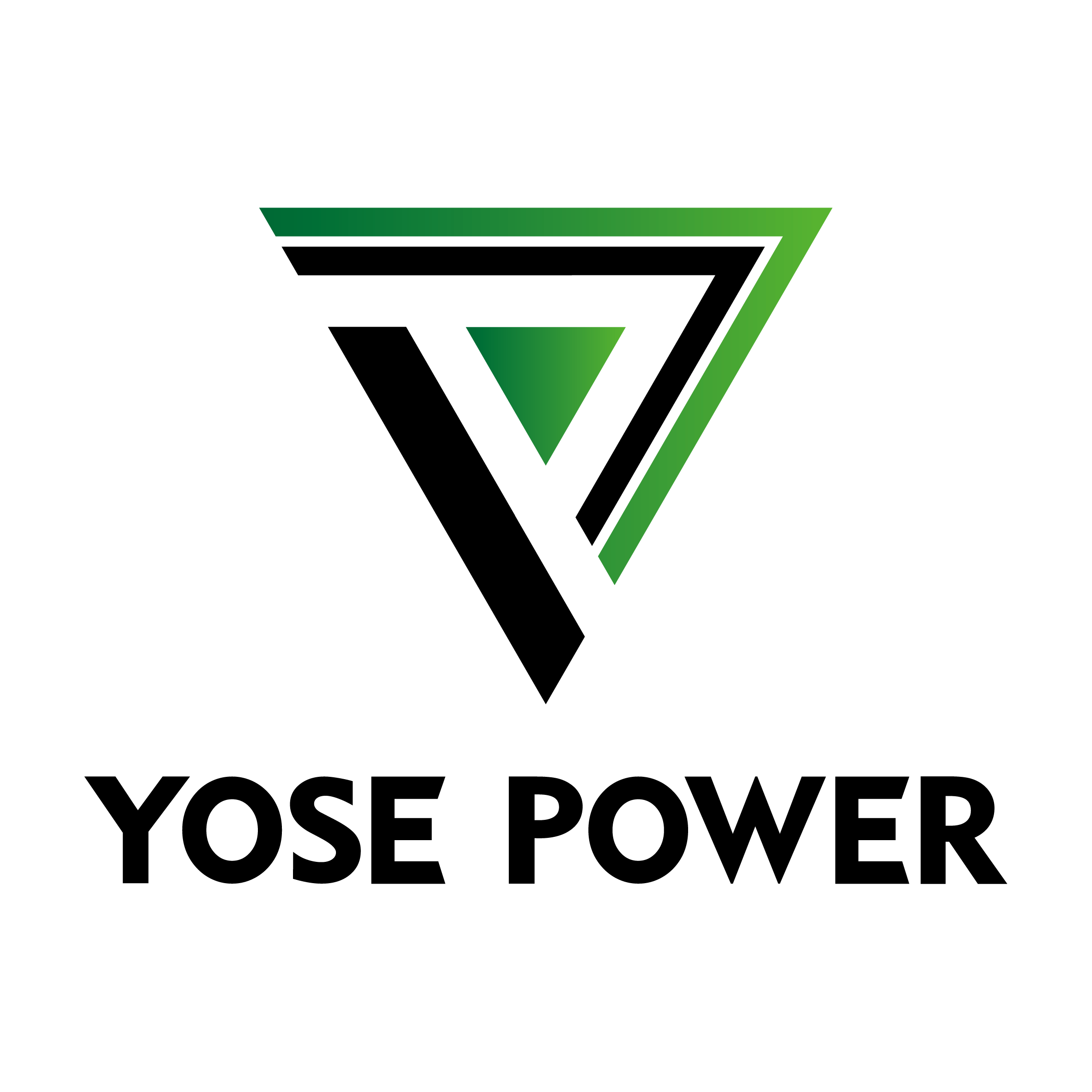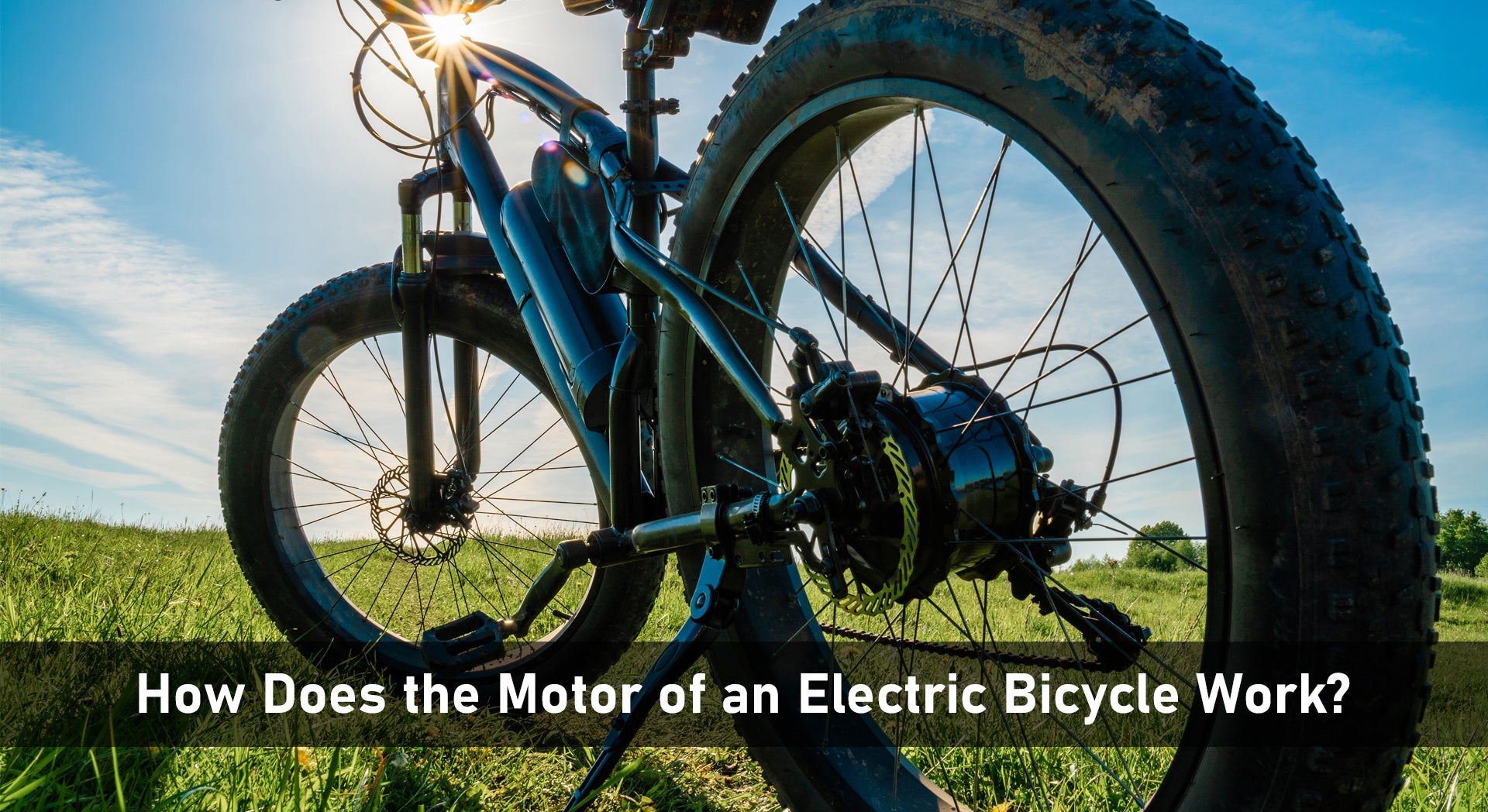The popularity of electric bicycles, also known as e-bikes, has been steadily rising in recent years. These innovative vehicles offer an eco-friendly and efficient mode of transportation, combining the benefits of cycling with the power of an electric motor. At the heart of an electric bicycle lies its motor, which is responsible for propelling the bike forward and providing assistance to the rider. In this article, we will delve into the workings of an electric bicycle motor and explore its various aspects.
What is an Electric Bicycle?
Before diving into the intricacies of an electric bicycle motor, it's essential to have a basic understanding of what an electric bicycle is. An electric bicycle, often referred to as an e-bike, is a bicycle equipped with an electric motor that assists the rider while pedaling. It combines the conventional pedal power with the assistance of an electric motor, enhancing the rider's experience and making cycling more accessible to a broader range of individuals.
Components of an Electric Bicycle
To comprehend the functionality of the electric bicycle motor, it's important to be familiar with the various components that constitute an electric bicycle. Apart from the motor, an electric bicycle typically includes a battery, a motor controller, a drivetrain, and a user interface. Each component plays a crucial role in the overall performance and operation of the electric bicycle.
The Motor: The Heart of an Electric Bicycle
The motor is undoubtedly the most critical component of an electric bicycle. It serves as the powerhouse, converting electrical energy from the battery into mechanical energy, propelling the bicycle forward. Understanding how the motor functions is vital to grasp the core mechanics of an electric bicycle.
How Does the Motor Work?
Electric bicycle motors operate on the principle of electromagnetic induction. They consist of a series of coils and magnets that interact to create motion. When electric current flows through the coils, it generates a magnetic field. This magnetic field then interacts with the magnets, resulting in rotational motion. This rotational motion is transferred to the bicycle's drivetrain, ultimately propelling the bicycle forward.
Types of Electric Bicycle Motors
Electric bicycle motors come in various types, each offering distinct advantages and characteristics. The three primary types of electric bicycle motors are direct drive motors, geared hub motors, and mid-drive motors. Let's explore each of these types in detail.
- Direct Drive Motors
( Image from the web, please contact us if there is any infringement )
Direct drive motors, also known as gearless motors, are a popular choice for electric bicycles. These motors operate without gears and provide a smooth and quiet riding experience. They offer high torque, making them suitable for uphill rides and challenging terrains. However, direct drive motors tend to be heavier, which can affect the overall weight and maneuverability of the bicycle.
- Geared Hub Motors
Geared hub motors utilize a set of internal gears to deliver power to the bicycle's drivetrain. These motors are compact, lightweight, and efficient. The internal gears allow for increased torque and improved hill-climbing abilities. Geared hub motors also offer regenerative braking, which helps recharge the battery while slowing down or descending slopes. However, they may produce some noise during operation. YOSE POWER is specialized in producing 36V 250W/350W hub motor kits. You can find different sizes of bike kits on the website. There is definitely a kit that can meet your needs.
- Mid-drive Motors
Mid-drive motors are positioned at the bike's crankshaft, connecting directly to the drivetrain. This placement provides a balanced and centralized weight distribution, resulting in better handling and stability. Mid-drive motors offer excellent torque and efficiency, making them suitable for various terrains and riding styles. They leverage the bike's gears, allowing for a more natural and responsive riding experience. However, mid-drive motors can be more expensive compared to other types. If your budget is limited, you can totally consider the high-quality, safe and cost-effective YOSE POWER mid-drive motor. 36V 350W capacity enables easy hill climbing, maximum speed up to 25 km/h saves a lot of time and maximum torque up to 80N.m.
Motor Power and Performance
The power and performance of an electric bicycle motor are determined by several factors, including wattage, voltage, and efficiency. The motor's wattage indicates its power output, with higher wattage motors providing more assistance and better performance. Voltage plays a role in determining the motor's speed and torque capabilities. Efficiency refers to how effectively the motor converts electrical energy into mechanical energy, affecting the overall range and battery life of the electric bicycle. YOSEPOWER produces electric bike kits that meet the standards of each region. Thus there will be no need to worry about illegal issues and the power level can still meet people's travel needs. To learn more please read How to Choose an E-Bike Conversion Kit?
Motor Controllers
Motor controllers are responsible for regulating the flow of electrical current from the battery to the motor. They act as the control center, ensuring the motor operates smoothly and efficiently. Motor controllers receive input from sensors, such as speed sensors and torque sensors, and adjust the power output accordingly. They also enable features like variable assistance levels and regenerative braking.
Battery and Power Management
The battery of an electric bicycle stores the electrical energy required to power the motor. Lithium-ion batteries are commonly used due to their high energy density, lightweight nature, and long lifespan. Proper power management is crucial to optimize the battery's performance and prolong its lifespan. This includes features like battery management systems (BMS) that monitor and balance cell voltages, as well as intelligent power delivery systems that adapt to the rider's needs and maximize efficiency.
Benefits of Electric Bicycle Motors
Electric bicycle motors offer numerous advantages for riders. They provide assistance when needed, making cycling more accessible for individuals with varying fitness levels or physical limitations. Electric bicycles allow for longer commutes without excessive exertion, reducing reliance on cars and contributing to a greener environment. They promote active lifestyles and can be a fun and efficient mode of transportation.
Conclusion
The motor of an electric bicycle serves as the powerhouse, providing the necessary assistance to riders and enhancing the overall cycling experience. Understanding how electric bicycle motors work and their different types can help riders make informed choices when selecting an electric bicycle. With their eco-friendly nature and ability to combine human and motor power, electric bicycles are poised to play a significant role in sustainable transportation solutions and active lifestyles.
Remember, when choosing an electric bicycle, consider factors such as motor type, power output, battery capacity, and overall design to find the perfect balance between performance and usability. Embrace the world of electric bicycles and enjoy the benefits of efficient and eco-friendly transportation.
Don't hesitate any longer, everyone who rides an electric bike will love it.
Hurry up and have an electric bike of your own! Use discount code YOSELILY via https://yosepower.com/?ref=FROMLILY to get €10 off.


Share:
All about Electric Bicycle Controllers
You May Also Have These Bad Cycling Habits